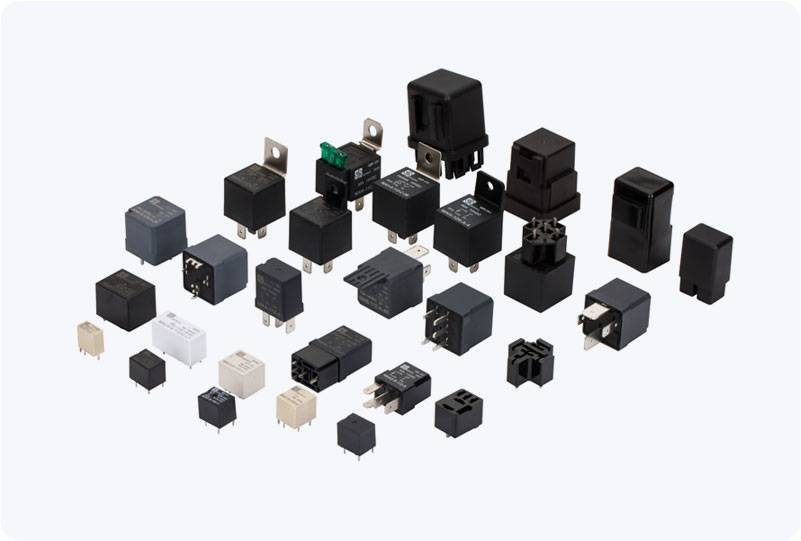the importance and applications of time delay relay
Release time:2025-05-14 17:50:46
A Time Delay Relay (TDR) is a widely used device in electrical and automation systems that plays a crucial role in controlling the timing of various operations. It is designed to introduce a time delay between the activation and deactivation of electrical circuits, ensuring that certain processes occur only after a specific duration. This capability makes time delay relays indispensable in both industrial and commercial applications, where precise timing is often required to enhance safety, efficiency, and functionality.

How Time Delay Relays Work
The fundamental function of a time delay relay is to delay the activation or deactivation of a circuit after receiving an input signal. The delay is determined by the settings on the relay, which can often be adjusted to suit different requirements. When the input signal is received, the relay’s internal mechanism begins the countdown for the delay period. Once the predetermined time has elapsed, the relay either activates or deactivates the connected circuit, depending on the type of relay used.
There are different types of time delay relays, including On-Delay, Off-Delay, and Single Shot relays. An On-Delay relay delays the activation of a circuit after receiving the signal, while an Off-Delay relay delays the deactivation. A Single Shot time delay relay, on the other hand, generates a time delay once triggered, after which it resets itself.

